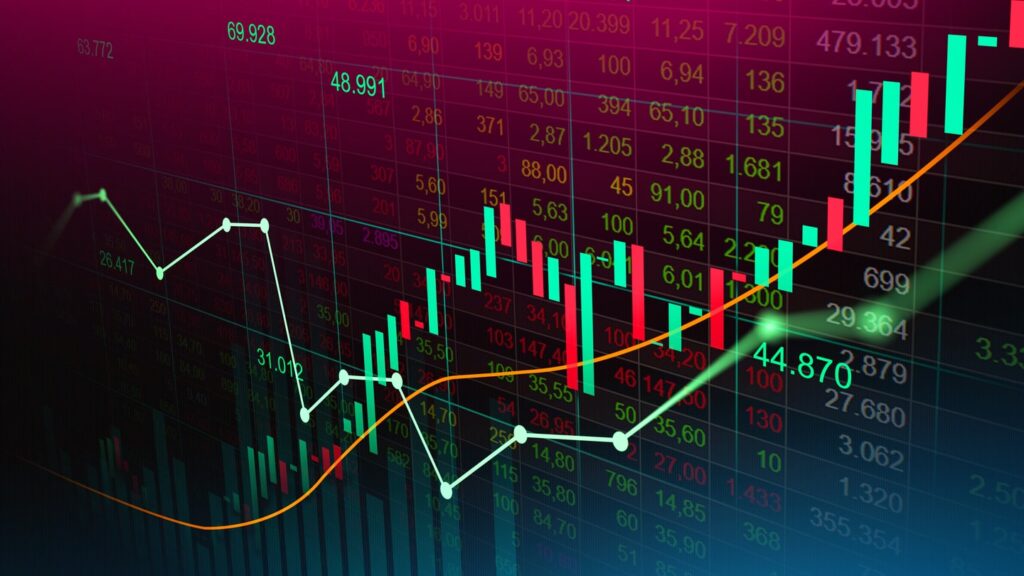What is the Volatility Index?

The VIX, Volatility Index, is an index that was brought to prominence in 1993 by the Chicago Board Options Exchange, CBOE. As indicated by its name, it is an index that allows us to measure the volatility of the US financial market. To calculate and evaluate this volatility, the VIX is essentially based on the S&P500 stock index.
Over time, this index, which is calculated daily by the CBOE, has become increasingly popular and today it is followed by many US investors and it is even possible to trade it as an asset.
We also use another current name for the VIX, “The fear index”, literally the index of fear. This quirky naming comes from the fact that the Volatility Index actually measures market nervousness. Originally, the VIX had the function of providing simple indications but today it is mainly considered as an index in the proper sense.
Its quotation is made in percentage points. The objective of the result obtained is to roughly translate the changes in the S&P 500 over the next 30 days, an interval which is then annualised.
Following the success of the Volatility Index in relation to the S&P 500, other volatility calculating indices have been developed for other markets, such as the VNX, which measures the volatility of the NASDAQ 100 and the VXD, which measures the volatility of the Dow Jones stock index. However, among the US market volatility indices, the VIX remains the benchmark.
When and why was the VIX Volatility Index created?
By taking an interest in the history of market volatility analysis, one discovers that the first volatility indicator was created in 1986 by professors Menachem Brenner and Dan Galai who published their research, relating precisely to the volatility index, during 1989 under the title “New Financial Instruments for Hedging Changes in Volatility”. At the time it was envisaged that the volatility index developed would be called the “Sigma Index” and Brenner and Galai had envisaged that it would be used mainly as an underlying index for derivative products such as futures and options.
Subsequently, in 1992, the CBOE, through the work of Professor Robert Whaley, began to launch research aimed at creating a volatility index on which it was possible to trade and which was indexed on the price of options. Only a year later, in 1993, Professor Whaley completes the work by presenting a volatility index called VIX, Volatility Index, based on January data from 1986 to 1993.
How and why trade the VIX as a stock market asset?
As we have seen, the VIX is not simply a volatility indicator but it is also a real index on which it is possible to speculate directly. To trade on the VIX you must obviously use technical analysis as a priority because the graphical analysis tools are particularly suitable in this case.
Traders who use the Volatility Index as an asset, in most cases do so as part of the implementation of good money management. In this case, the VIX is then used as a risk index. If, for example, in the event of normal market volatility, you plan to take two lots with CFDs, a high VIX may lead you to reduce your positions and take only one lot. It is in fact known that when volatility is high, the risk increases almost systematically and it is therefore preferable to settle for just one lot for better risk management. On the other hand, the VIX is often compared to the measure of the standard deviation which also serves to make an assessment of the volatility.
It is also possible to speculate on the price of the VIX using derivative products, usually options or futures. This possibility has existed since March 24, 2004 for futures and since 2006 for options. Following the implementation of the possibility to trade the VIX as a real asset, a strong increase in options and futures contracts trading on this value was observed with over 100,000 contracts per day only 5 years later. However, before embarking on trading the VIX, make sure that it is indeed the Volatility Index presented here, as some brokers offer their own volatility index.
Finally, some savvy investors also use a market-driven method of investing. It is in fact known that in certain periods of the year, such as between 15 July and 15 August or between Christmas and New Year’s Eve, volatility is rare on the different markets. Consequently, if the VIX is found to be elevated around these times, certain traders will take a short position.




